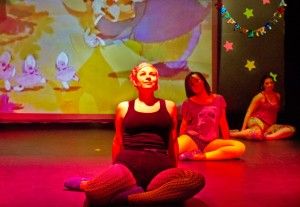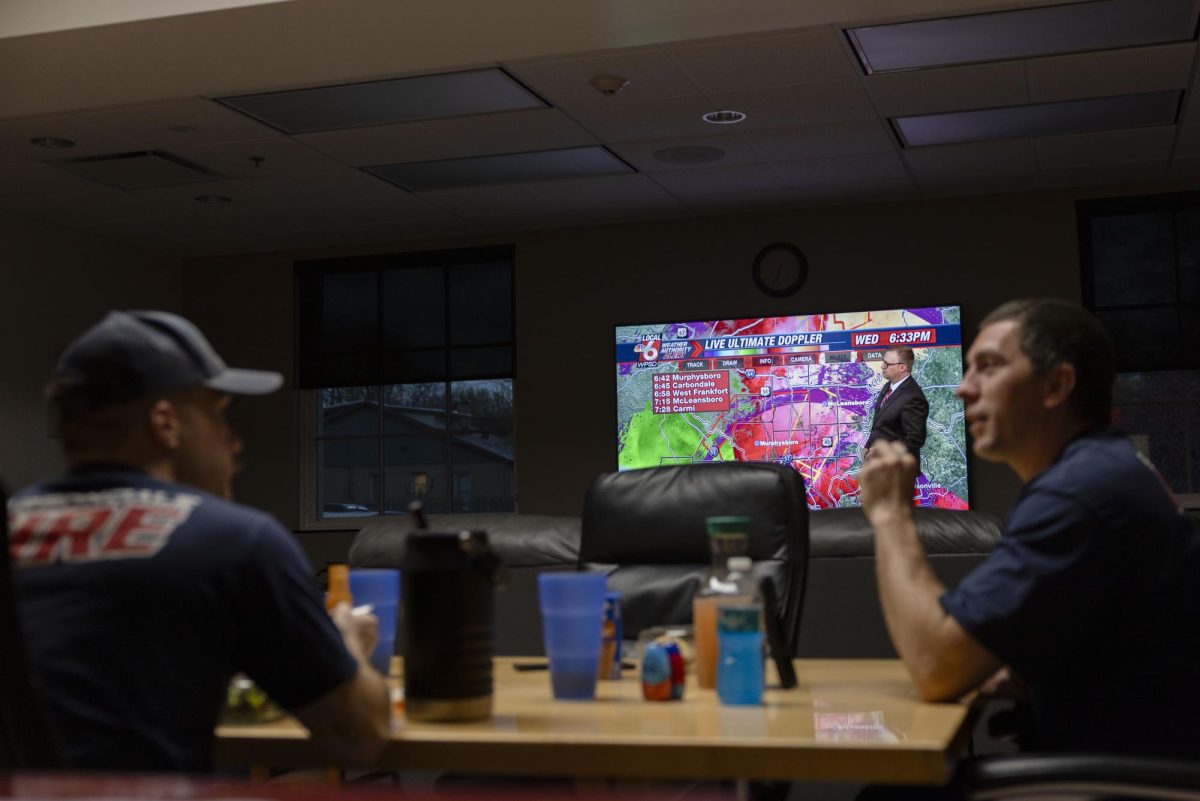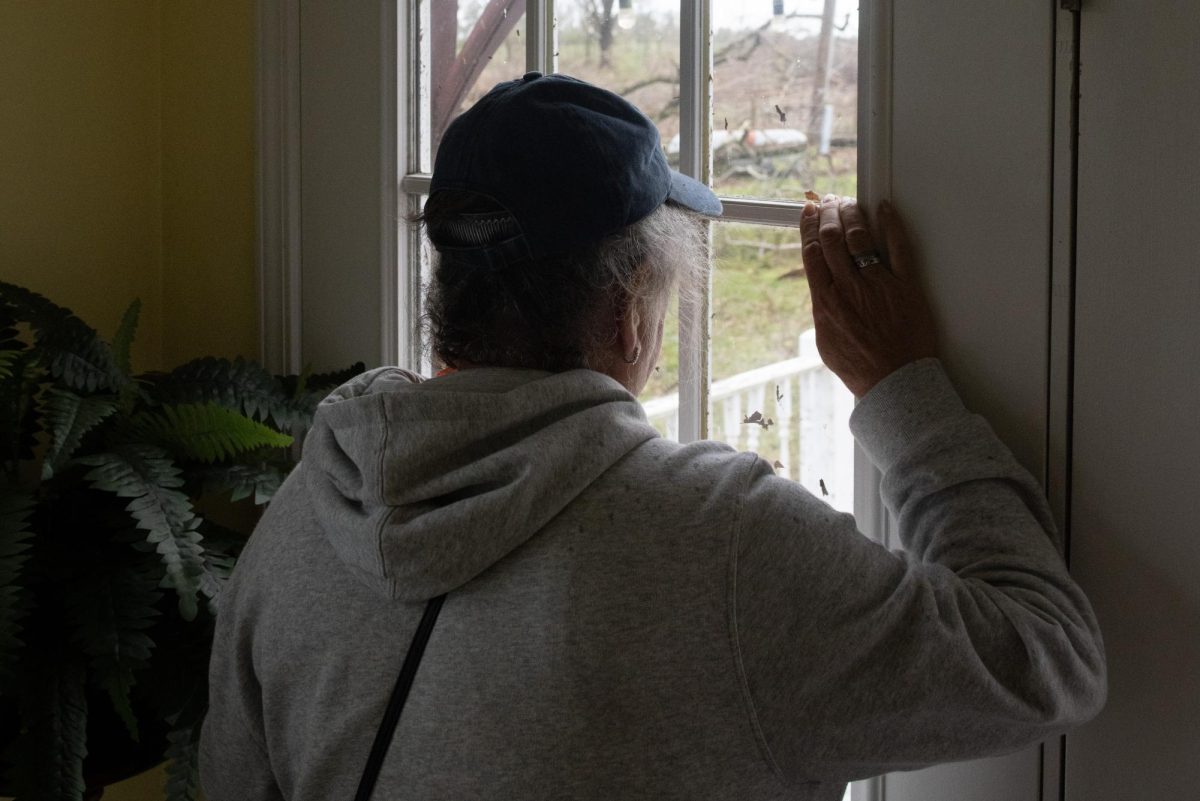Performance embodies remix culture

April 29, 2012
The performance “Try This @ Home” asked audiences to rethink remix culture this weekend at the Kleinau Theater.
According to the show’s playbill, the aim is to find the relationship between body and media in performance. It deals specifically with the subject of remix culture, the appropriation of media to create something new.
The performance, subtitled “An Experiment in Remix Culture,” included a cast of characters ranging from pirates, corporate executives, a trio of youths, and Nicholson and director Sam Sloan donning Guy Fawkes masks as Anonymous and Anonymiss.
Advertisement
The loose, episodic narrative follows the youths, or the Remix Crew, as they’re pulled back and forth between the opposing forces of the pirates, dressed as real pirates but representative of digital content thieves, and the corporate executives, who interject with humorously self-interested newscasts throughout the show.
All the while, several TV screens, computer monitors and a projector play various Internet memes, newscasts, music videos, broadcasts from the pirate characters and other clips.
There’s also lots of dancing.
The episodes cover topics such as VHS piracy, the happy birthday song, remix artist Girl Talk and Disney fairy tale films. At the climax the pirates kill the rest of the cast, only to be eaten themselves when the cast revives as zombies. The show ends with the entire cast dancing to Michael Jackson’s “Thriller.”
“First of all, I hope people are entertained,” Sloan said.
He said the purpose of the performance is to start a discussion on the subject of remix, copyright law and ensuing legal and political battles that have emerged from it.
The issue gained national attention with recent debates in Congress over legislation to crack down on Internet piracy, which Sloan said gave the feeling that Congress didn’t truly understand issue.
Advertisement*
Sloan said the discussion leads to the question of who owns culture.
The subject is his area of research, he said, and while the usual schedule for putting together a show at the Kleinau is a month, he and his crew had about two weeks.
He said he had created a lot of media elements of the show beforehand, but as for the choreography of the extensive dance numbers, he left it up to the cast.
Nicholson said she was responsible mostly for helping with various tasks, video editing and generally helping make Sloan’s vision concrete.
“I was the little picture person,” she said.
The task wasn’t new to her, though, as she had already worked with Sloan on a similar project, “Memeology: Lessons One and Two,” which they presented at Georgia State College and University over spring break.
She said people shouldn’t come away from the show thinking they’re anti-copyright. Rather, she supports the idea of artists reaping the benefits of their work instead of large corporations, she said.
In terms of the show’s political ideas, she and Sloan were on the same page from day one, she said.
Brian Zager, a doctoral student in speech communication from Boston, said he thought the show was successful in creating a space for people who are not particularly familiar with the subject matter.
However, the biggest pleasure of the show may have been a bit less intellectual.
“I mean, the zombies at the end were pretty amazing,” he said.
Advertisement








